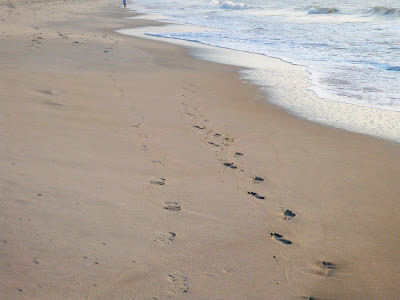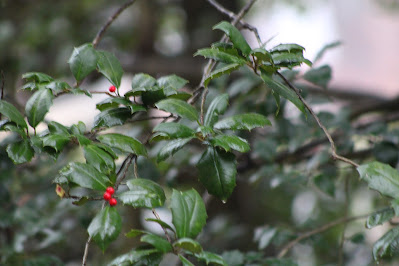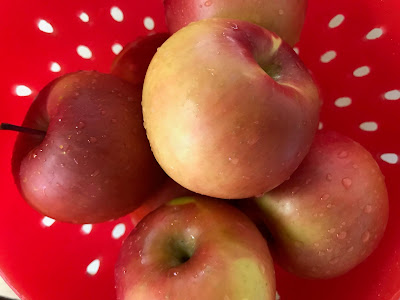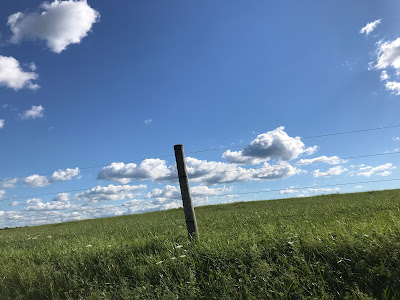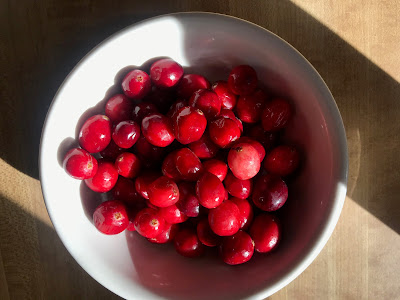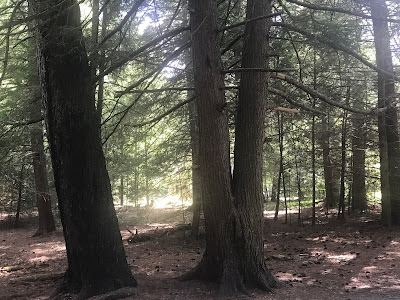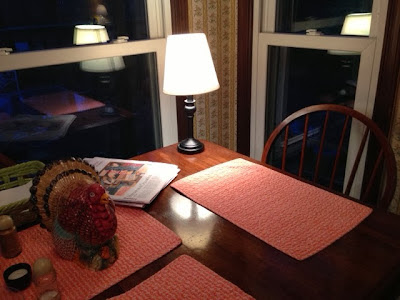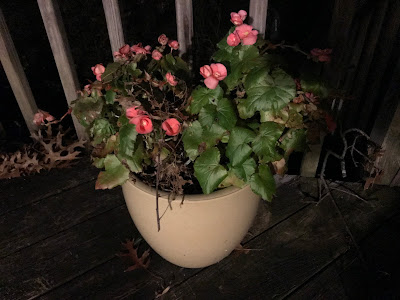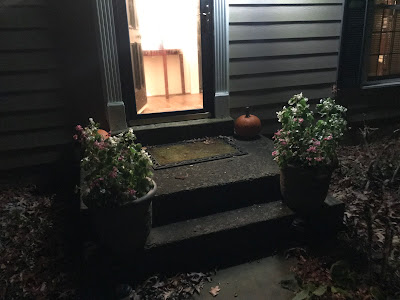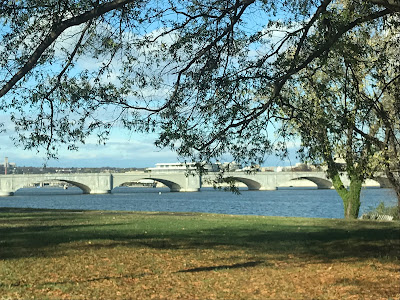The world lost a great columnist and thinker yesterday when Michael Gerson died of cancer. Though I’m not an evangelical Christian Republican, I fond much to admire in Gerson’s columns, especially the ones about faith. I was not the only one. The tributes are flowing in.
In 2019 he spoke at Washington National Cathedral about his battle with depression, which had hospitalized him only weeks before. Though he credited medication for helping him turn the corner, he also spoke of “other forms of comfort,” including “the wild hope of a living God.”
Those who believe, he said, know that life is not a farce but a pilgrimage, that hope can “grow within us, like a seed,” and “transcendence sparks and crackles around us … if we open ourselves to seeing it.”
Gerson didn’t just write about heavy stuff, though. Last summer he described his new Havanese, Jack, as a “living, yipping, randomly peeing antidepressant” and declared “I’ll never live without a dog again.” He never did — but now Jack, his family, friends and readers will have to live without Gerson.
I’ve written very few fan letters in my life, but last May I wrote one to Michael Gerson. He’d written a column that acknowledged a return of the cancer he knew would end his life, and I wanted to let him know that one reader, this reader, had taken much comfort from his words. He was kind enough to write me back. But it’s in his published words that I will remember him best, like this one from 2017:
If the resurrection is real, death’s hold is broken. … It is possible to live lightly, even in the face of death — not by becoming hard and strong, but through a confident perseverance. Because cynicism is the failure of patience. Because Good Friday does not have the final word.
